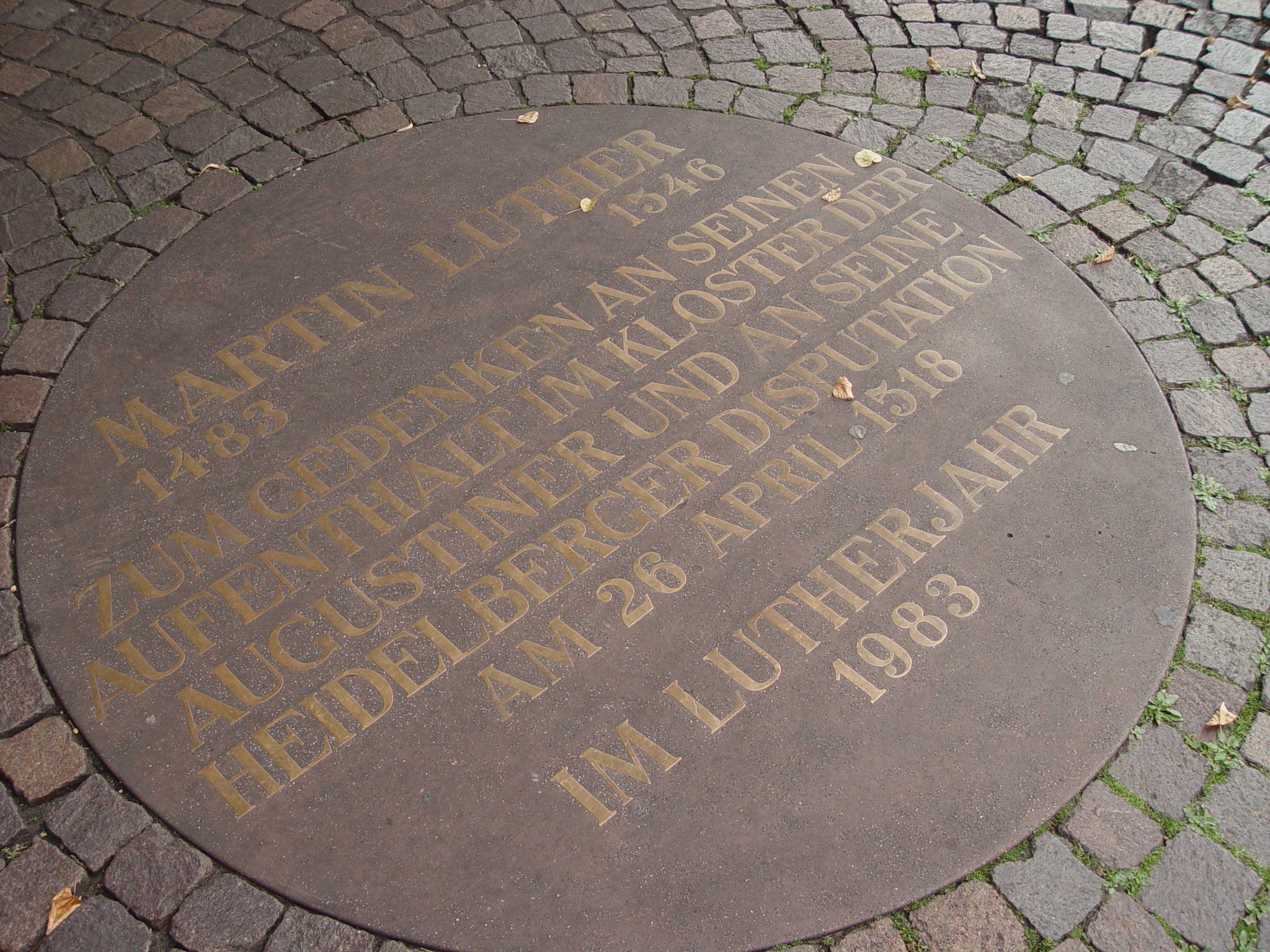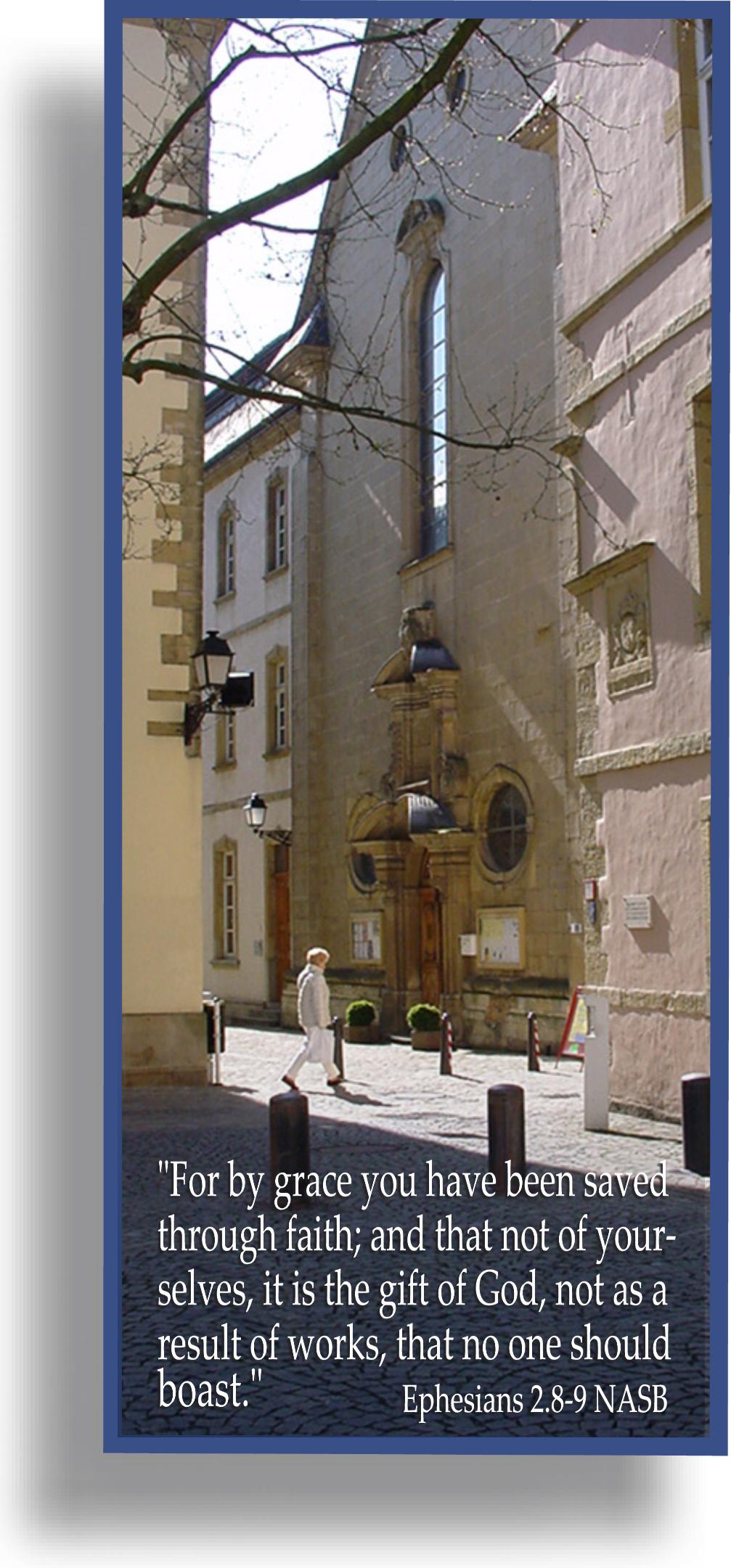Where we stand
If you are interested in knowing more about where CCC stands and fits into the wide river of religious movements in the world today, the articles below should help clarify where we stand on various issues/topics.
- What about Roman Catholicism?
- Is CCC a Protestant church?
- The Drift of Theological Liberalism
- What about “Fundamentalism”?
- The Slippery Label of “Evangelicalism”
- The Search for Christian Unity
- The Seduction of Inter-Faith Pluralism
- Some Thoughts on the Charismatic Movement
- On Marketing the Church
- Summary of Our Distinctives
Is CCC a Protestant church?
I’ve discovered in many conversations over years with Luxembourgers young and old that Protestantism is a vague concept indeed. We thought a bit last time about the roots of Romanism. Let me sketch the concept of Protestantism.

The Renaissance movements in Italy, Germany and England from the 14th to the 15th centuries brought renewed exposure to texts of the ancient world, including philosophy and science. But that wasn’t all. The Greek and Hebrew texts of the Bible attracted new interest among scholars, like the Dutch Catholic humanist Desiderius Erasmus.

As churchmen studied these texts they noticed contradictions between the writings of the apostles and the religious traditions that Rome had built up for over a millennium. Many were also disturbed over Rome’s excesses and departures from sound practice, such as the aggressive sale of indulgences by Johann Tetzel. In Roman theology indulgences are a release from the temporal punishments for previously confessed and forgiven sins, either in this life or in eternity. The German Augustinian monk Martin Luther argued that Tetzel was crassly selling release from years in purgatory, and that the true motivation for these sales was a fund drive for renovating St. Peter’s cathedral in Rome. In his famed 95 theses of 1517 Luther quoted the familiar proverb, “As soon as a coin in the coffer rings, a soul from purgatory springs”. He wryly replied that when the coin fell into the collection box, gain and avarice increased instead (Theses #28). Luther’s writings, including the translation of the Bible from Erasmus’ Greek text into German, shaped what today is known in Germany as the Evangelische Landeskirche. The Lutheran movement survives today in northern Germany, the Scandinavian countries, the Baltic states, Tanzania, Indonesia, Canada and the United States.
Sixteen years after Luther’s publication of the 95 Theses, John Calvin, a brilliant young French lawyer, believed the New Testament message of the gospel, was converted, and broke from Rome. His calls for reform in the Roman church earned him persecution that drove him to flee to Strasbourg — an imperial city of the Holy Roman Empire that allowed for religious freedom — and later to Geneva, where William Farel persuaded him to help him establish a center for Protestantism. Calvin’s Institutes of the Christian Religion, as well as his many commentaries on books of the Bible, shaped the Calvinist movement in Switzerland, France and the Netherlands until his death in 1564.
Meanwhile in German-speaking Zurich, Huldrych Zwingli had been pressing for reform in the Catholic church over fasting during Lent, clerical marriage, and the use of images. His influence merged into the developing Calvinist tradition. Churches that still follow this stream of thinking are called Reformed churches and have spread into Holland, Scotland, South Africa, South Korea and the United States.
A third group of reformers, the Anabaptists or “re-baptizers” – so named by their opponents – emerged in Germany and Switzerland. They argued against the practice of baptizing infants and began to administer believer’s baptism, based upon the New Testament model found in the book of Acts. Pedobaptism had taken root in the second and third centuries even though the original pattern was incontestably baptism of believers by immersion. Anabaptism also supported the notion of a local church composed of believing members and opposed the idea of a state church. The Anabaptist position constituted a “radical reformation” and was strongly persecuted by both the Roman and the Protestant churches, even by public execution. Both the Lutheran and Reformed movements retained Roman Catholicism’s practice of infant baptism and perspective on the relationship between Israel and the church.
Although the Protestant Reformation varied depending upon the country and the doctrinal orientation, the movement insisted upon several fundamental principles expressed in well-known Latin phrases:
- Soli Deo Gloria rightly honored God’s sole wisdom and power over all man-made religion and papal authority.
- Sola Gratia rightly insisted upon the reality of eternal salvation granted by the grace of God through faith alone, not faith plus good works.
- Sola Scriptura rightly emphasized the sole authority of the Bible for faith and practice, thus disengaging the church from the authority of tradition and the Roman magisterium.

So . . . is CCC a Protestant church? Yes and no. We owe much to all the Reformers, especially in their return to the New Testament truth of justification by grace through faith alone. At the same time we also stand in the Anabaptist tradition in regard to believer’s baptism and view of the relationship between the church and the state. We’re convinced the cause of Christ is furthered when young people do not consider themselves “Christians” just because of a religious ceremony they participated in with neither their understanding nor their consent. And we believe the gospel is also advanced when the state and the local church do not meddle in one another’s affairs.
I might add we’re also concerned about other trends in modern Protestantism which would make us hesitate to hitch our wagon to this movement . . . but that’s for the next time around.